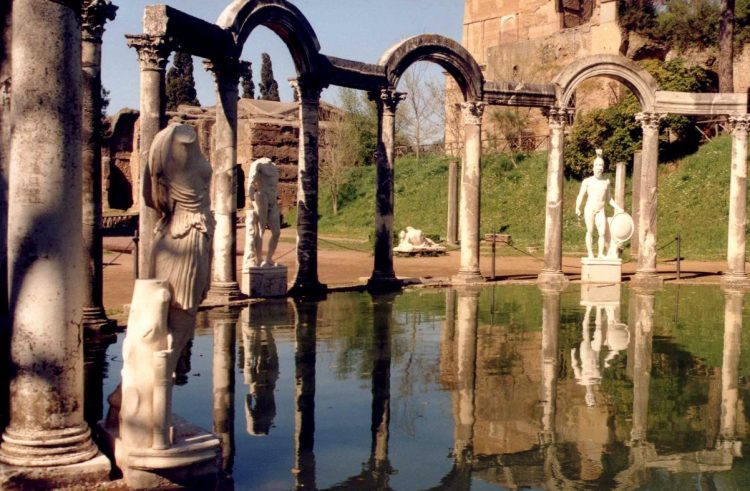Italy of paths and farmhouses: slow trails and homes that tell centuries of history
Those who set out on a journey across Italy’s walking trails do so to listen to the rhythm of their steps, breathe in the scents of the forest and rediscover ancient stories. The paths crisscrossing the peninsula, from the Alps to Sicily’s tip, reveal what could be called the “geography of the soul”: places of worship emerging from silent meadows, medieval bridges wrapped in ivy, towers gazing out over sunlit valleys. You are guided by a slow-paced Italy, where time seems to flow gently along the village facades and dry-stone walls of old farmhouses.
Buying a house along Italy’s trails
The popularity of historic routes has renewed interest in small villages. Those who travel on foot often fall in love with rustic homes overlooking wheat fields or old barns transformed into rustic-chic lofts.
On the real estate market, homes for sale in Italy are increasingly tied to hamlets that, until a few years ago, weren’t even on tourist maps. With still affordable prices, particularly in inland areas of Tuscany, Umbria, Marche and Molise, you can buy a stone farmhouse with surrounding land, often needing renovation, but brimming with potential.
The investment is made easier by tax benefits, regional grants and incentives for energy sustainability, while renting out the home to hikers can cover much of the annual costs.
How to navigate such a purchase? Before signing, it’s wise to spend a few days in the village, talk to the neighbors and check the availability of essential services.
Some properties fall within protected areas, so it’s advisable to consult a technician to understand permissible modifications. Special attention should be paid to local materials — stone, exposed bricks, wooden beams — that can be restored to respect the location’s aesthetic.
The way of St. Francis and the Via Francigena
The Via Francigena, the pilgrimage route connecting Canterbury to Rome, is now marked by white and red arrows, with shelters and hostels often housed in former convents.
Further east, the Way of St. Francis stretches over about 500 km, featuring hermitages, forests and towns where the echo of Franciscan preaching still seems alive among cloisters and cathedrals.
Historic farmhouses: stone, wood and tradition
Farmhouses along the paths are true living history archives: think of smoke-blackened beams, wood-fired ovens that produced bread for generations and coats of arms carved above arched doorways.
Renovating these buildings revives impressive construction systems: thick insulating walls, ventilated roofs, lime plasters. Structures can also be converted into B&Bs, giving them a character no modern building can match.
Regional gastronomy between villages
A pleasure of walking trails is discovering local dishes. In Lunigiana, you can savor testaroli with pesto after the climb to the Passo della Cisa; in Sabina, in central Italy, olive oil and saltless bread accompany fresh pecorino cheese.
In Irpinia, caciocavallo cheese and Aglianico wine warm even the coolest evenings. Family-run trattorias offer fixed menus, enriching travelers’ experiences.
Italy’s walking routes create a bridge between past and present. These paths recall medieval pilgrims and 19th-century travelers, while the farmhouses reveal how ancient craftsmanship shaped the countryside without harming it.
You can choose to walk for a week or buy a house forever, but in every case, Italy’s slow trails offer an irresistible invitation: to slow down, listen and breathe.
EXPLORE SOMEWHERE NEW
BUY A PRINT
All photos on this site are available as limited edition fine art photographic prints. Please get in touch for sizes and rates.





